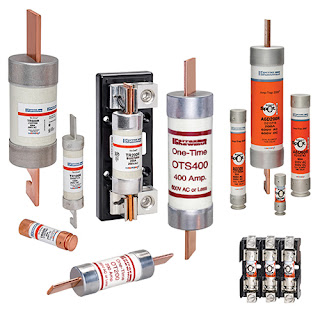Permanent Magnets Offer Very High Adhesive Force
Elesa has introduced a range of permanent magnets in sintered hard ferrite, Aluminium nickel cobalt (AINiCo), Samarium cobalt (SmCo) and Neodymium iron boron (NdFeB). This type of magnet can offer a range from low to extremely-high adhesive force, in the case of Neodymium magnets for example, making them suitable for location and temporary fixing of workpieces or panels or for sensor holding, for example, on conveyors or other machinery.
Moving down the scale, applications can be as varied as supermarket labelling, locating presentation materials, white boards, cabinet-door closure or magnetic filtration, for example, of metal particles in engine sumps or in machinery and equipment. These permanent magnets are available in flat format with/without steel/stainless housings in lacquer or thermoplastic coating and in cylinder format with brass-housed sandwich configuration. U Magnets and cylinder magnets in red lacquer, with pass-through facility, are also part of the standard series.
Retaining magnets are simple solutions to many problems of long-lasting fixing. Due to their structure they have one adhesive surface only, with poles optimised and arranged in such a way that the whole magnetic energy is focused on the adhesive surface. The effect in the area of the magnetic field is limited by a shielded system, avoiding the magnetisation of the surrounding objects.
Moving down the scale, applications can be as varied as supermarket labelling, locating presentation materials, white boards, cabinet-door closure or magnetic filtration, for example, of metal particles in engine sumps or in machinery and equipment. These permanent magnets are available in flat format with/without steel/stainless housings in lacquer or thermoplastic coating and in cylinder format with brass-housed sandwich configuration. U Magnets and cylinder magnets in red lacquer, with pass-through facility, are also part of the standard series.
Retaining magnets are simple solutions to many problems of long-lasting fixing. Due to their structure they have one adhesive surface only, with poles optimised and arranged in such a way that the whole magnetic energy is focused on the adhesive surface. The effect in the area of the magnetic field is limited by a shielded system, avoiding the magnetisation of the surrounding objects.


Comments